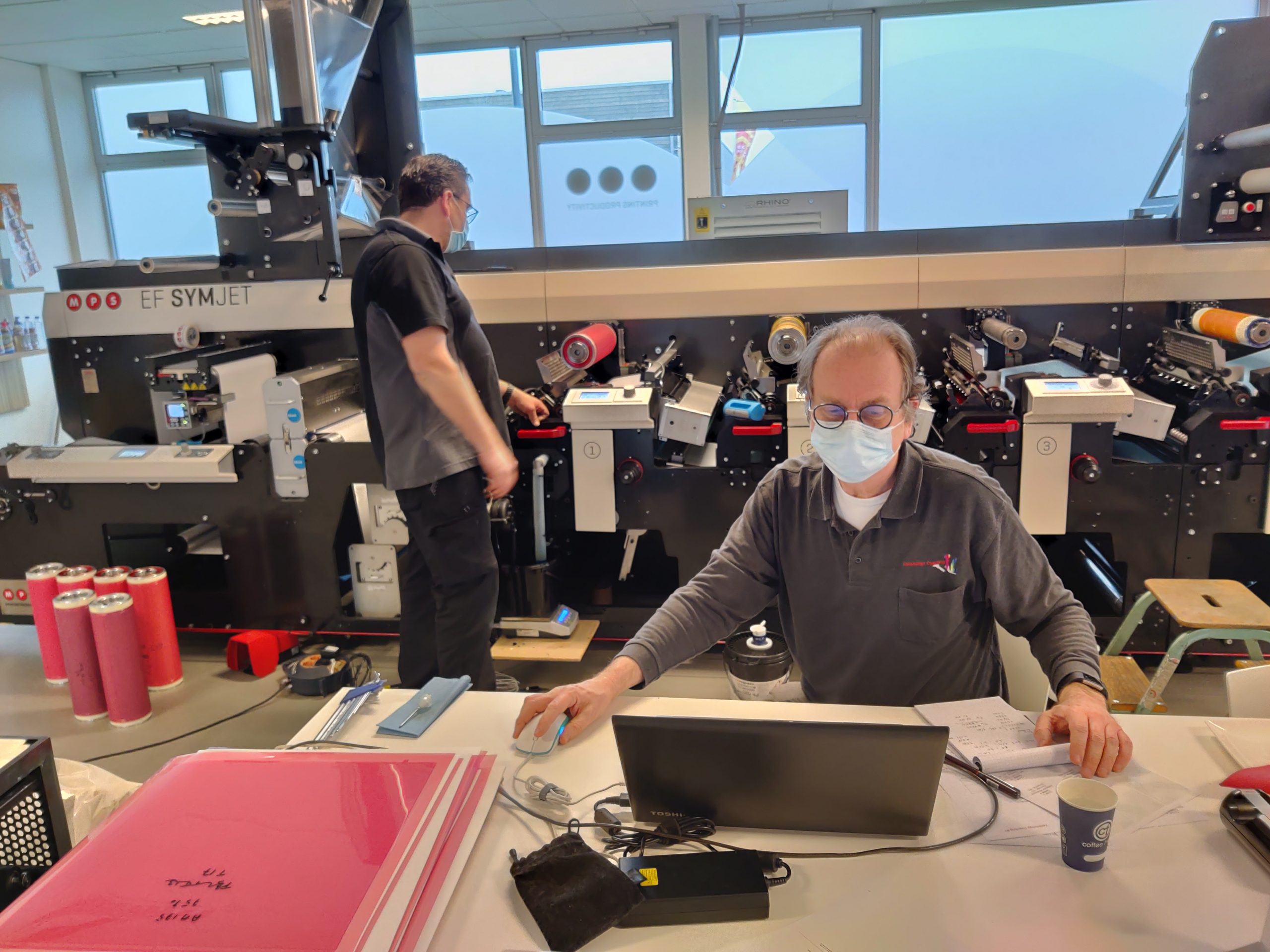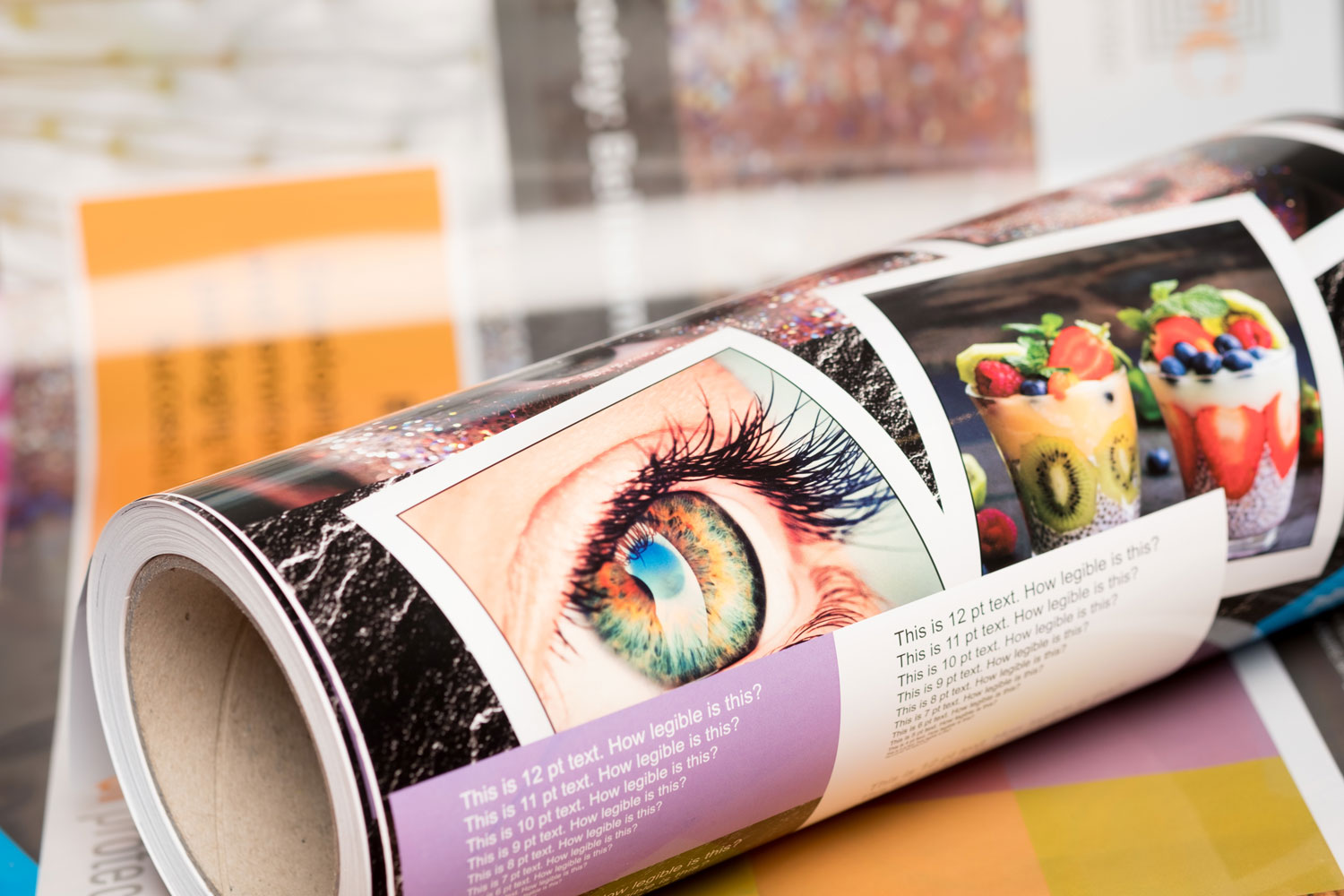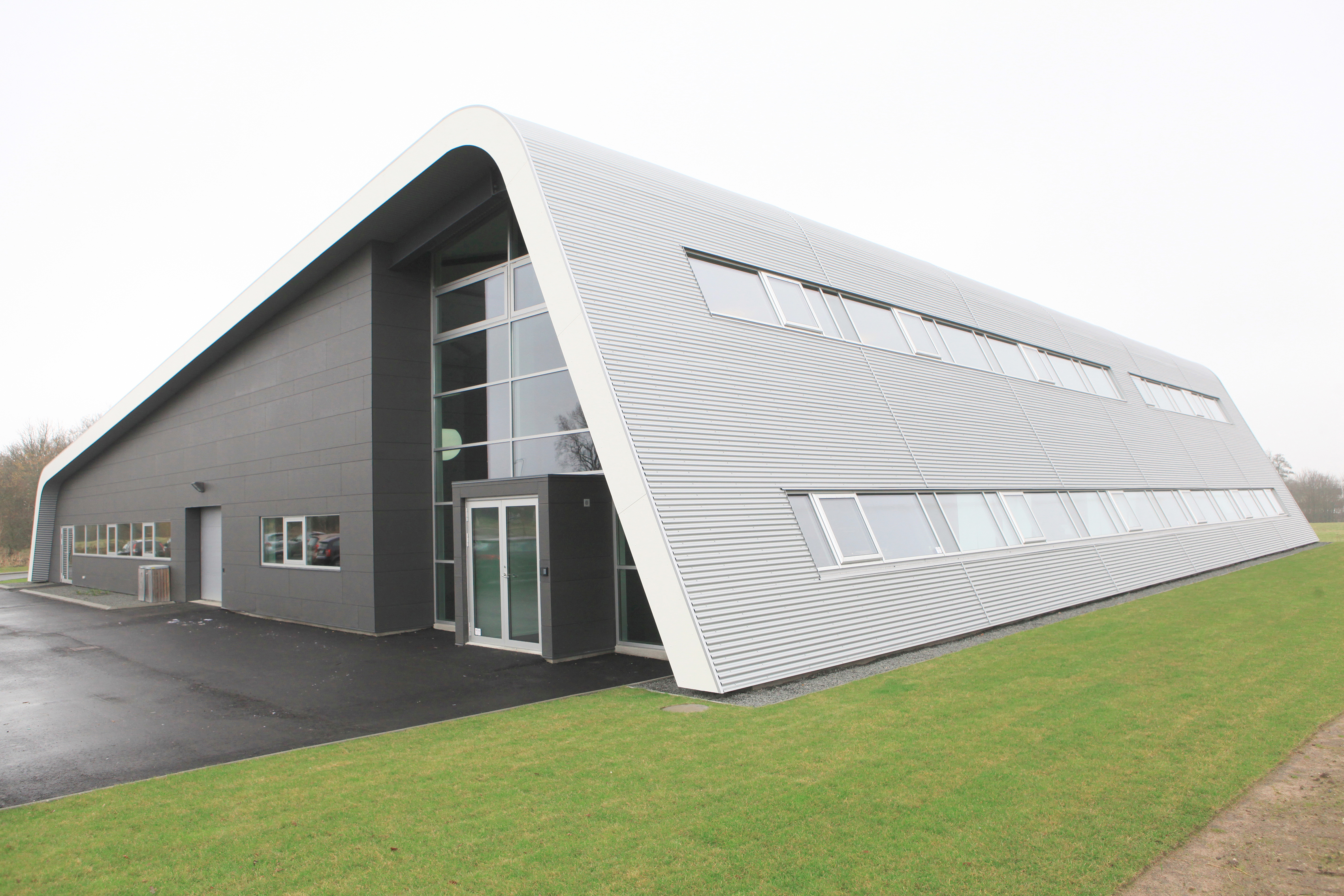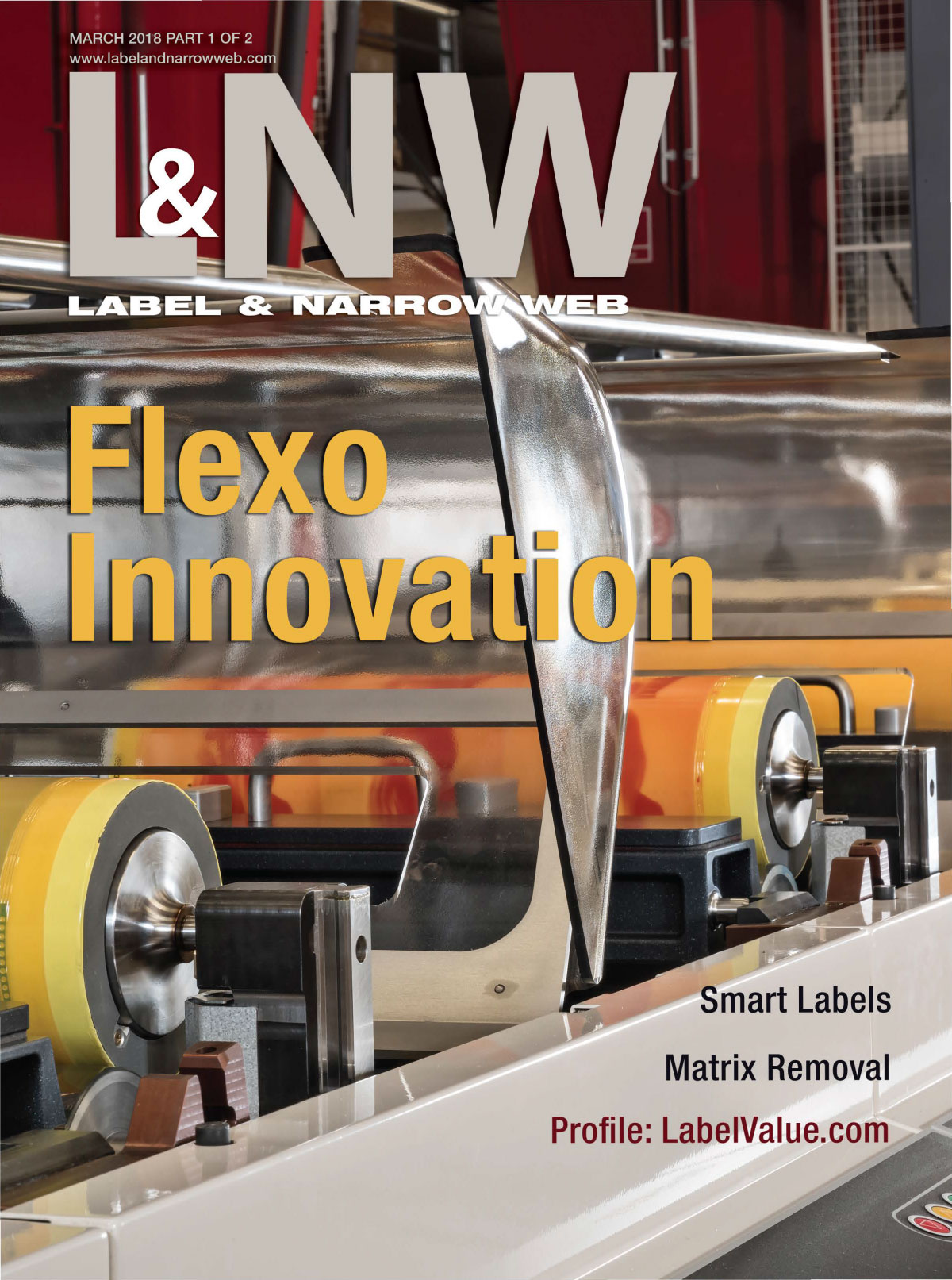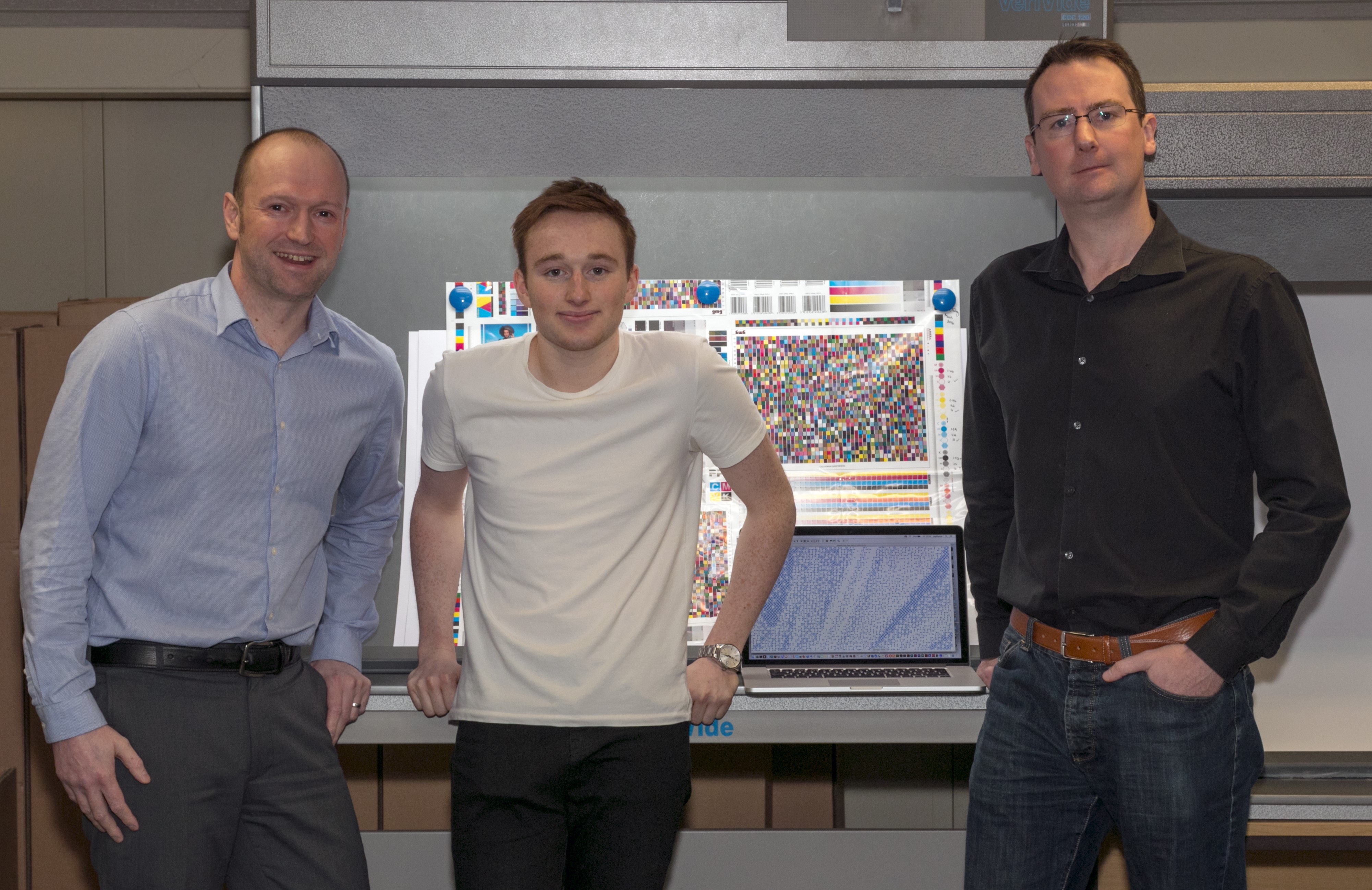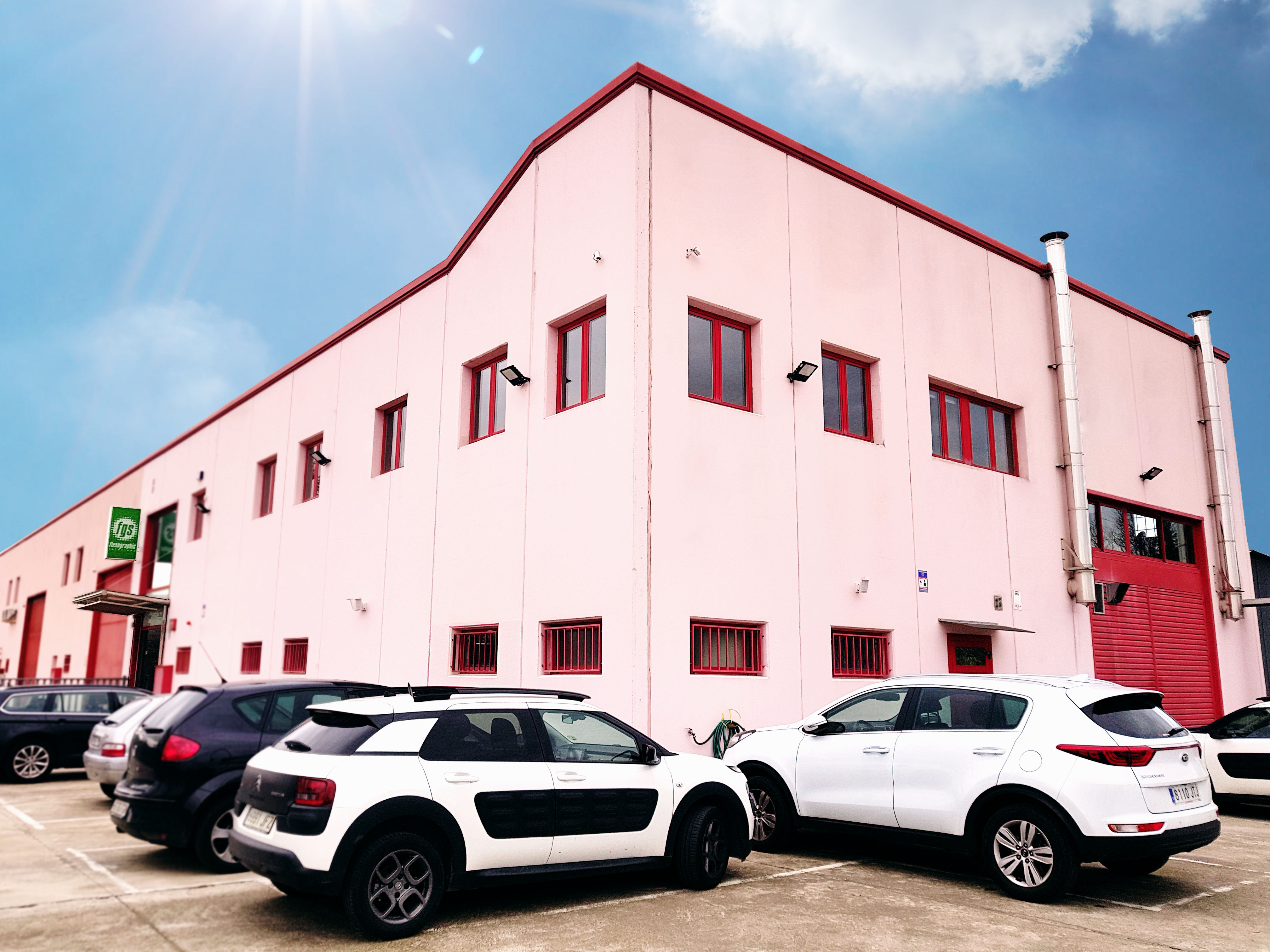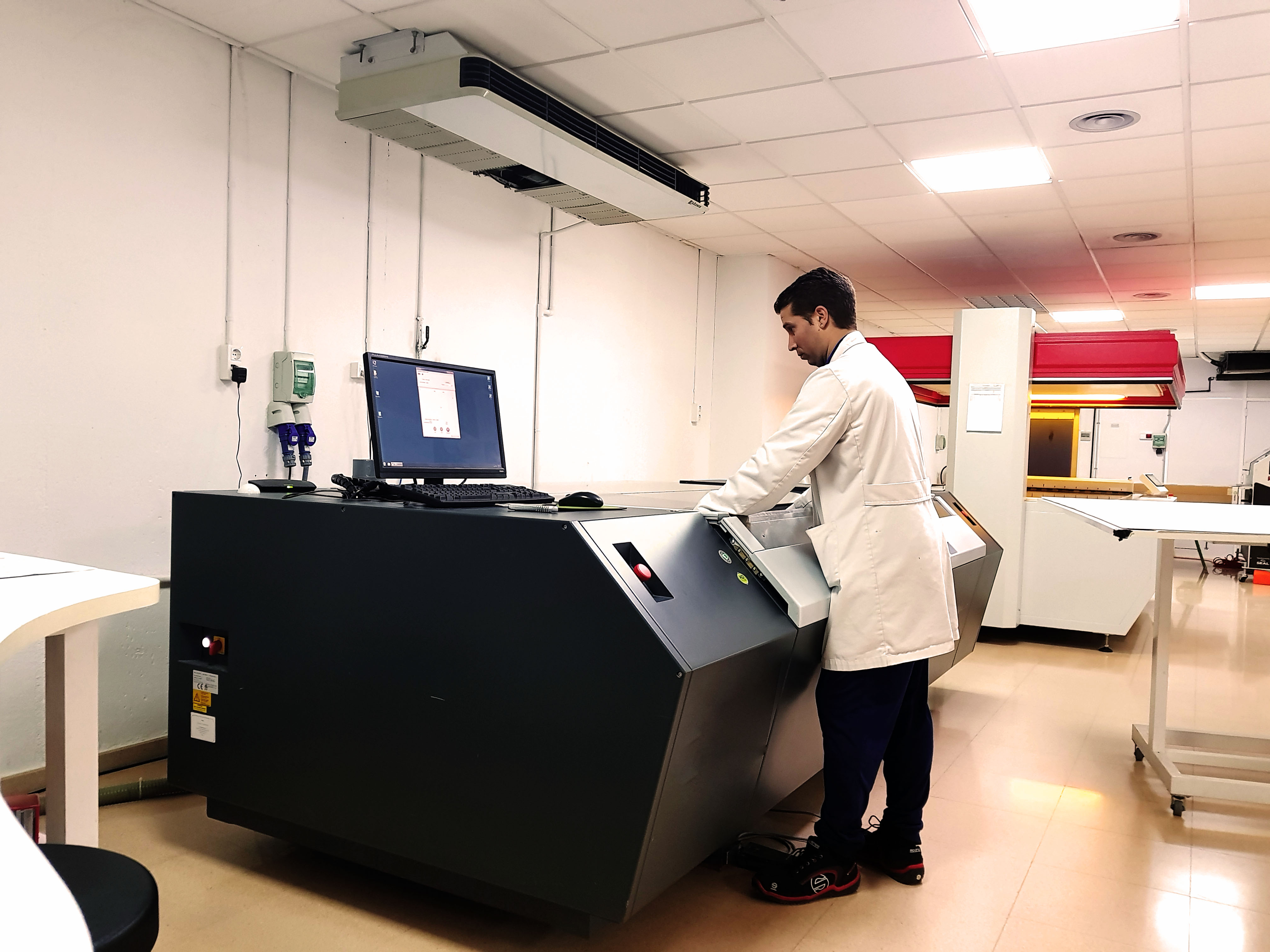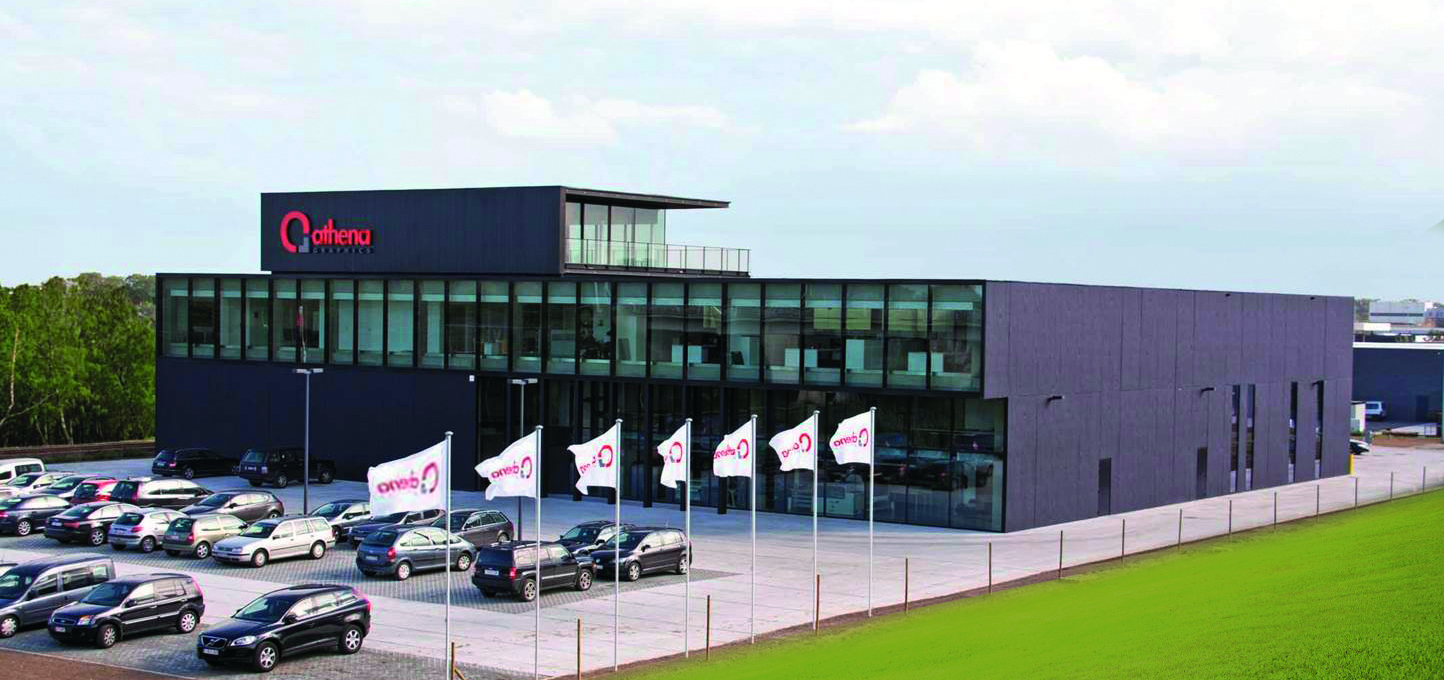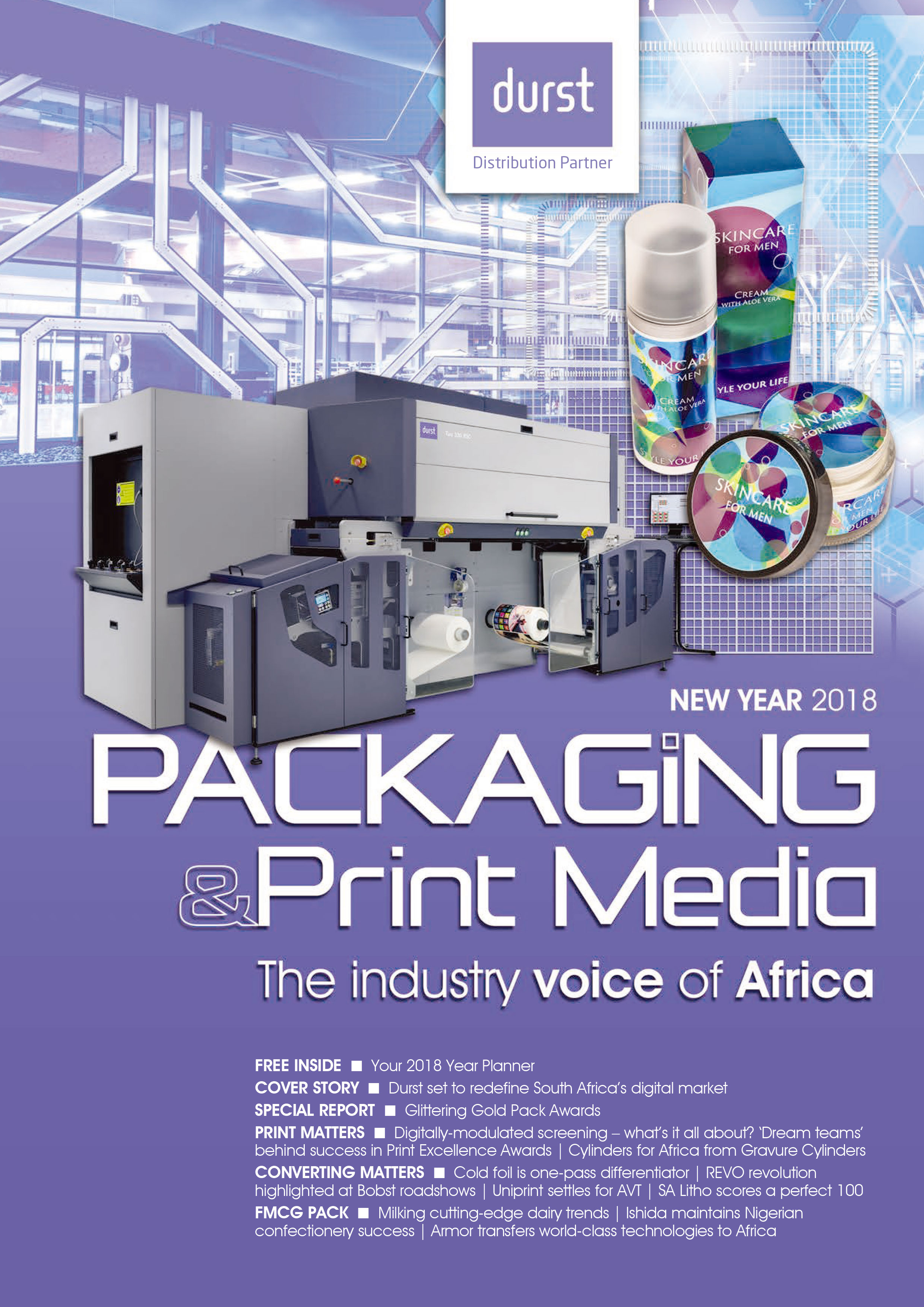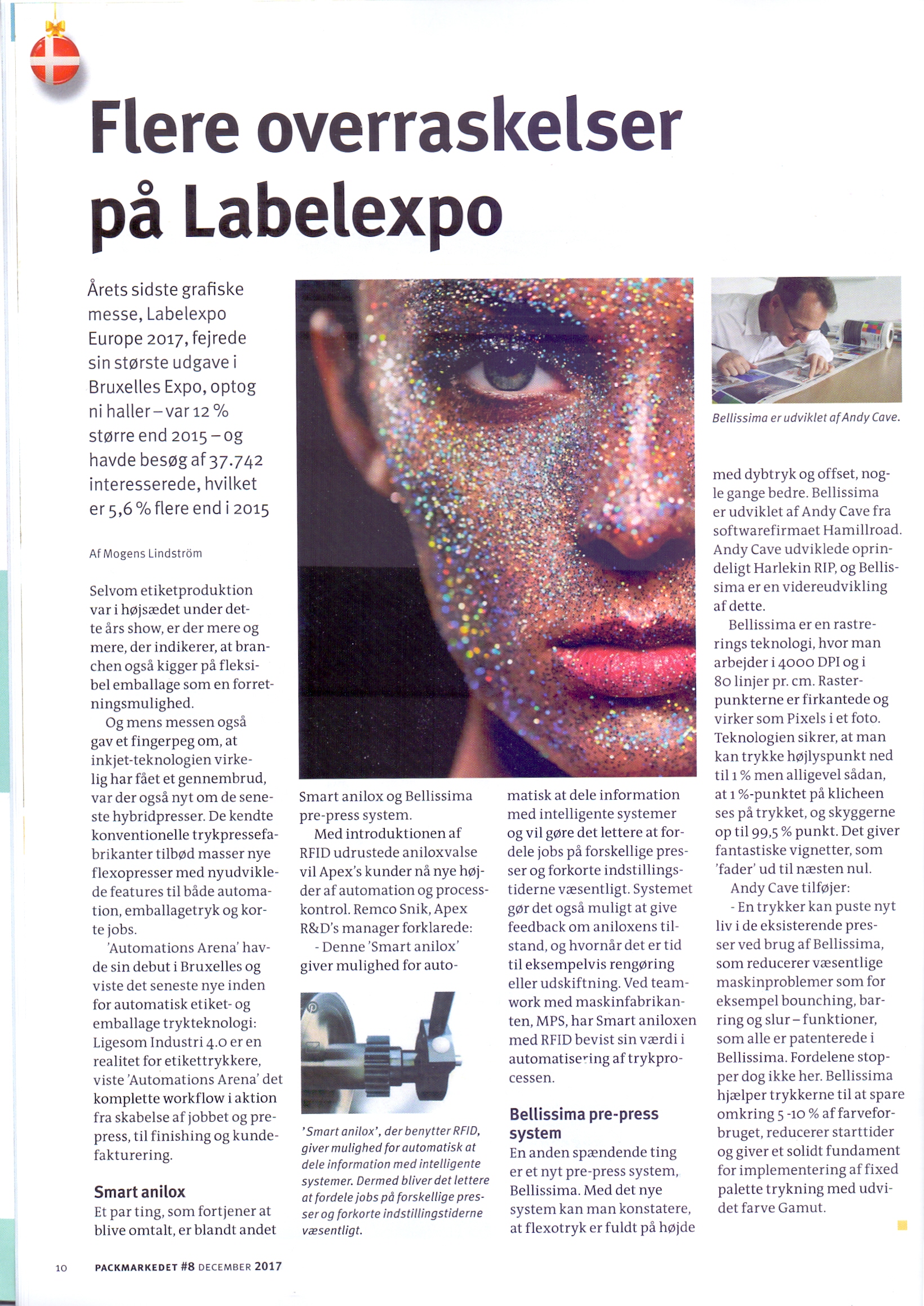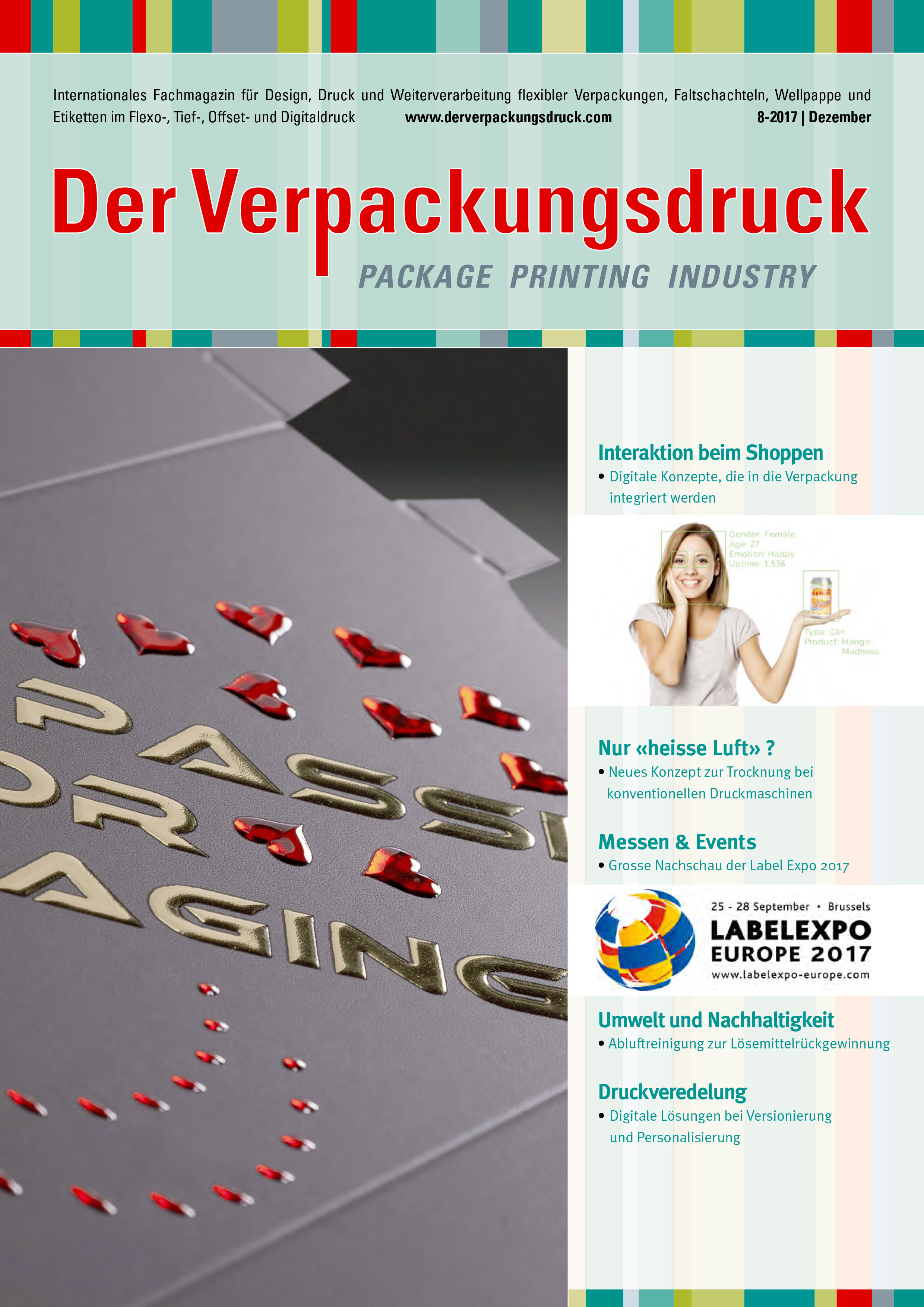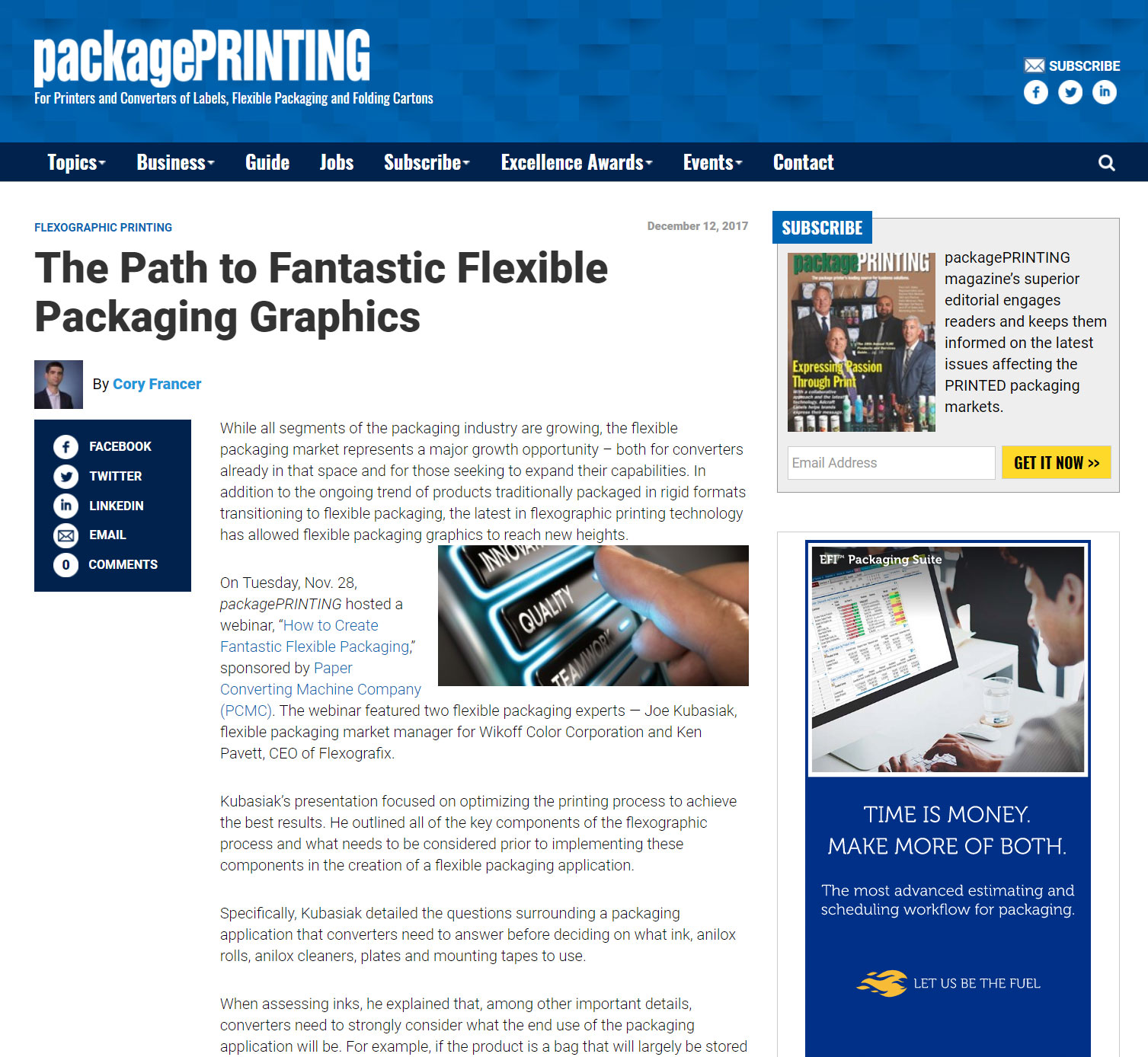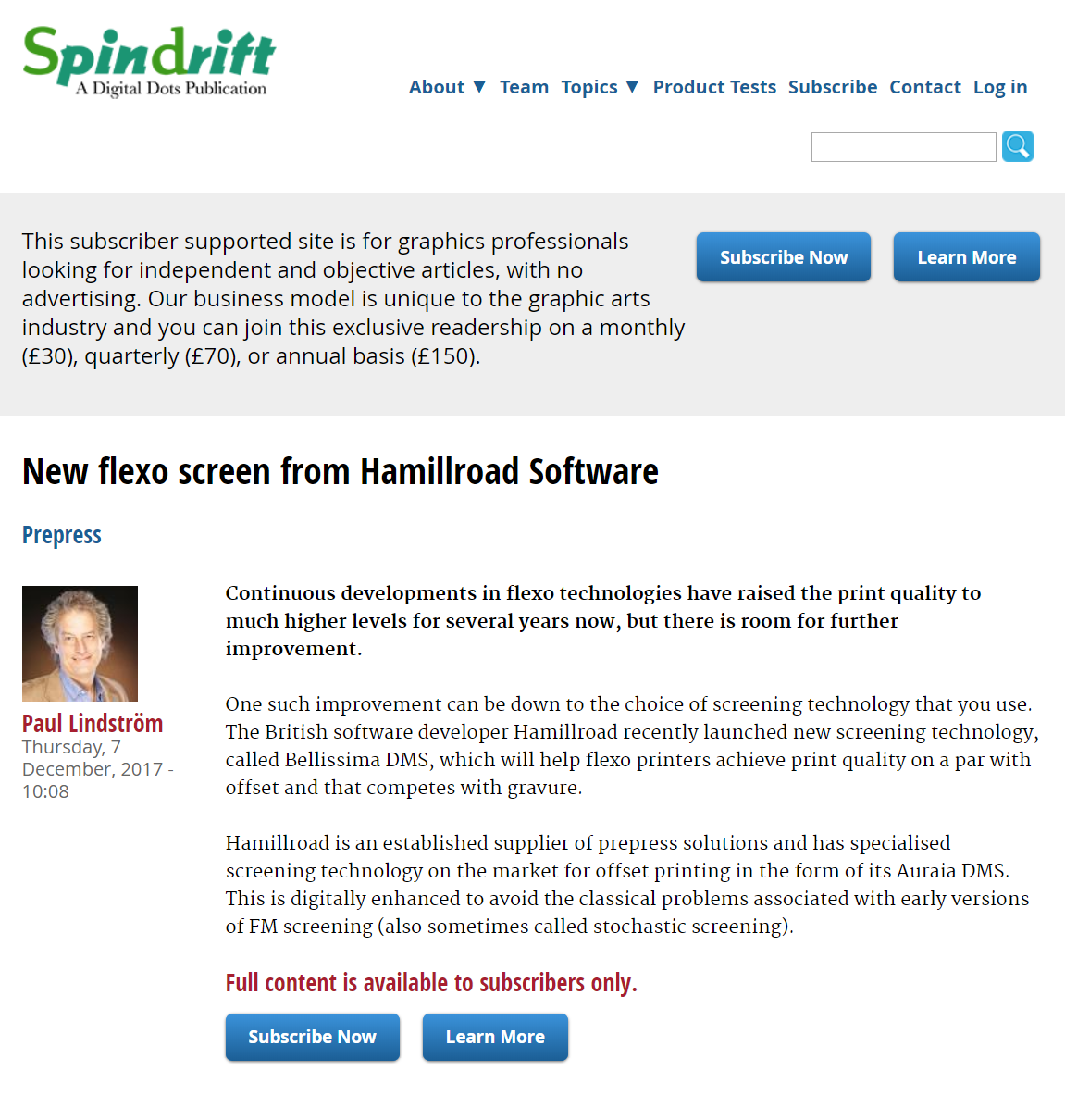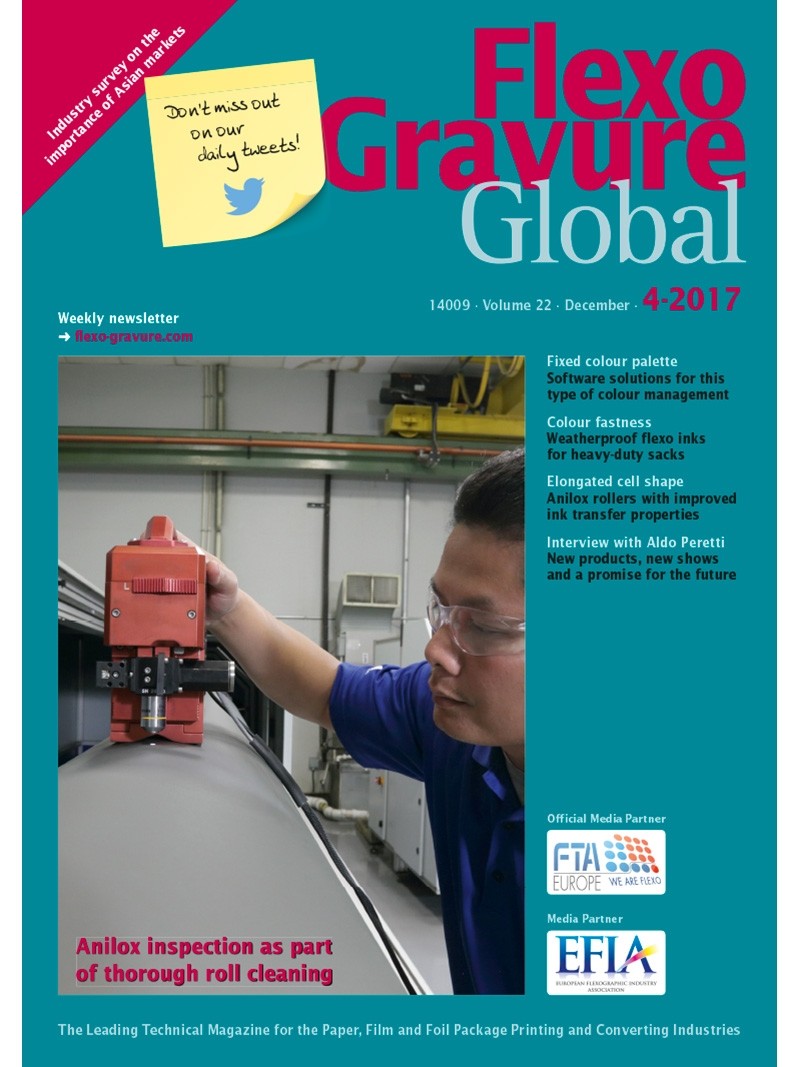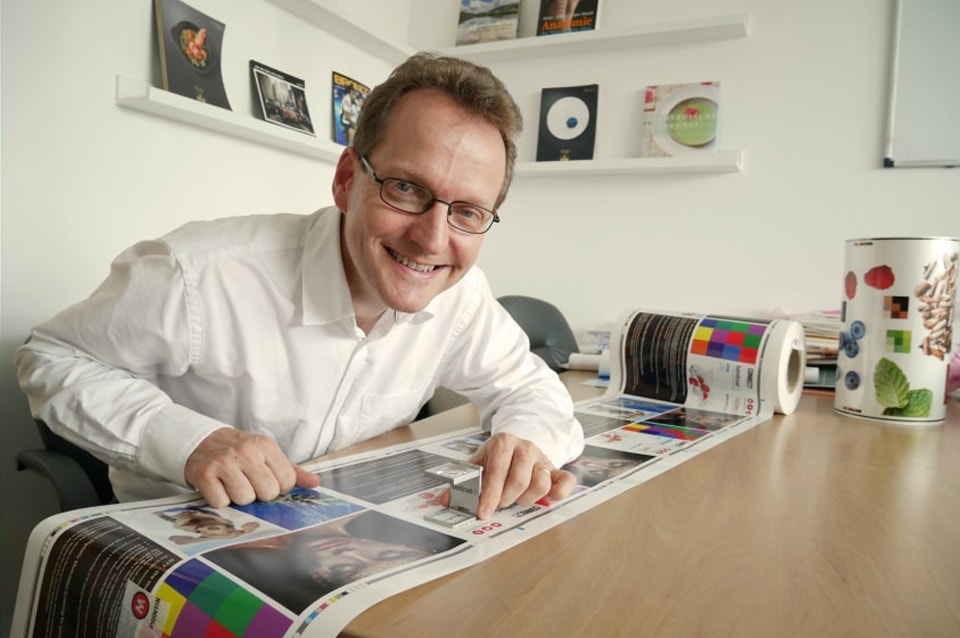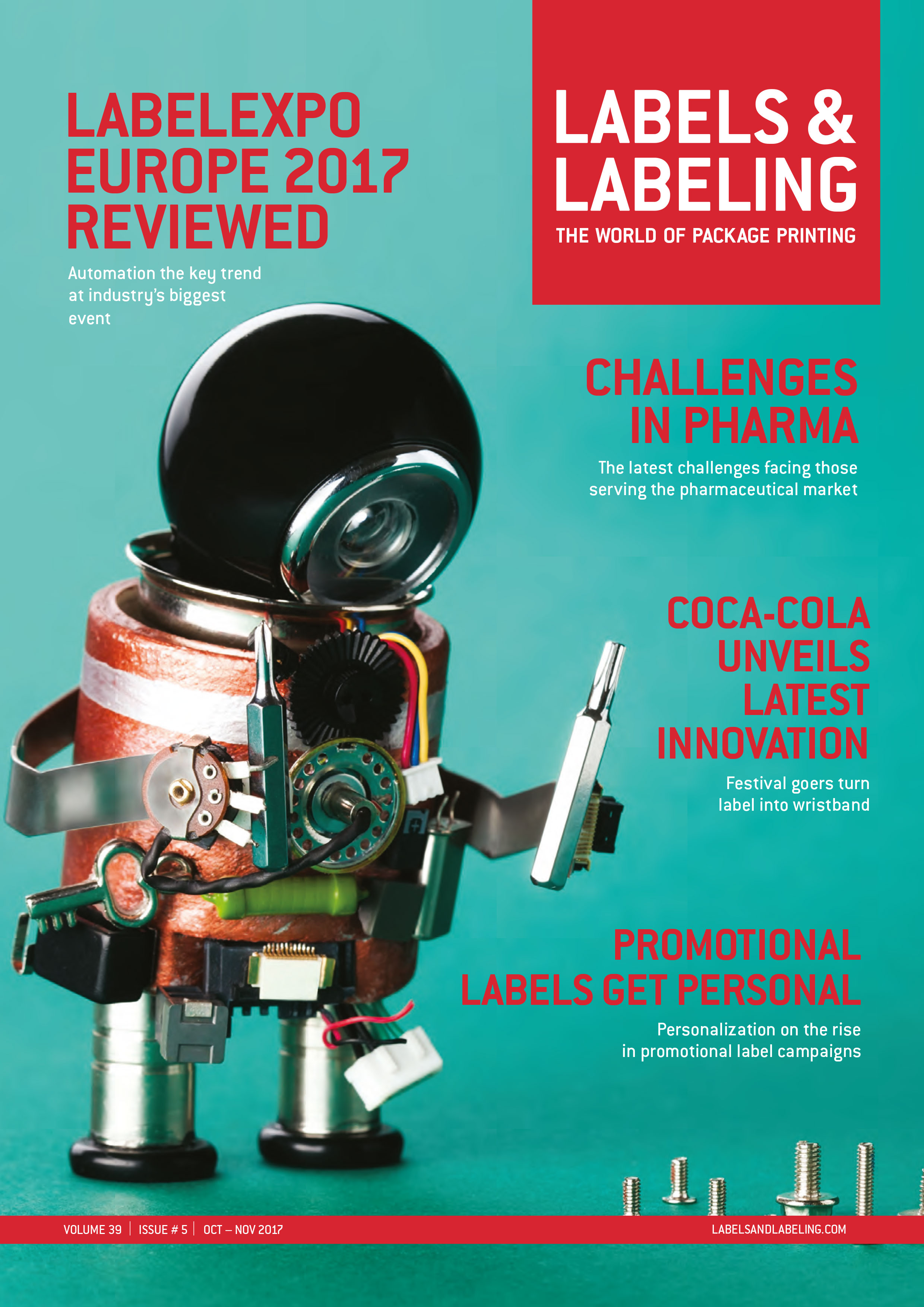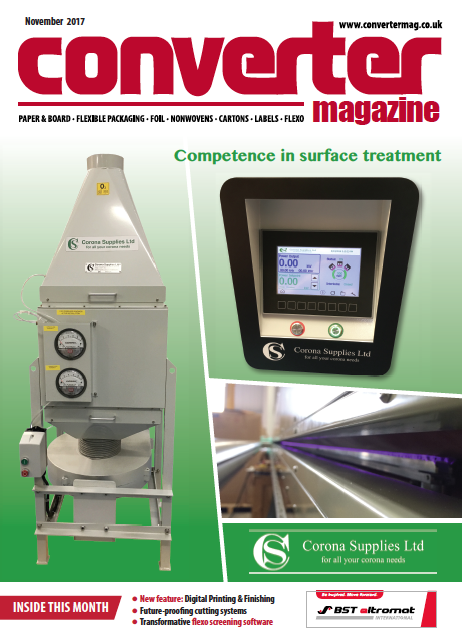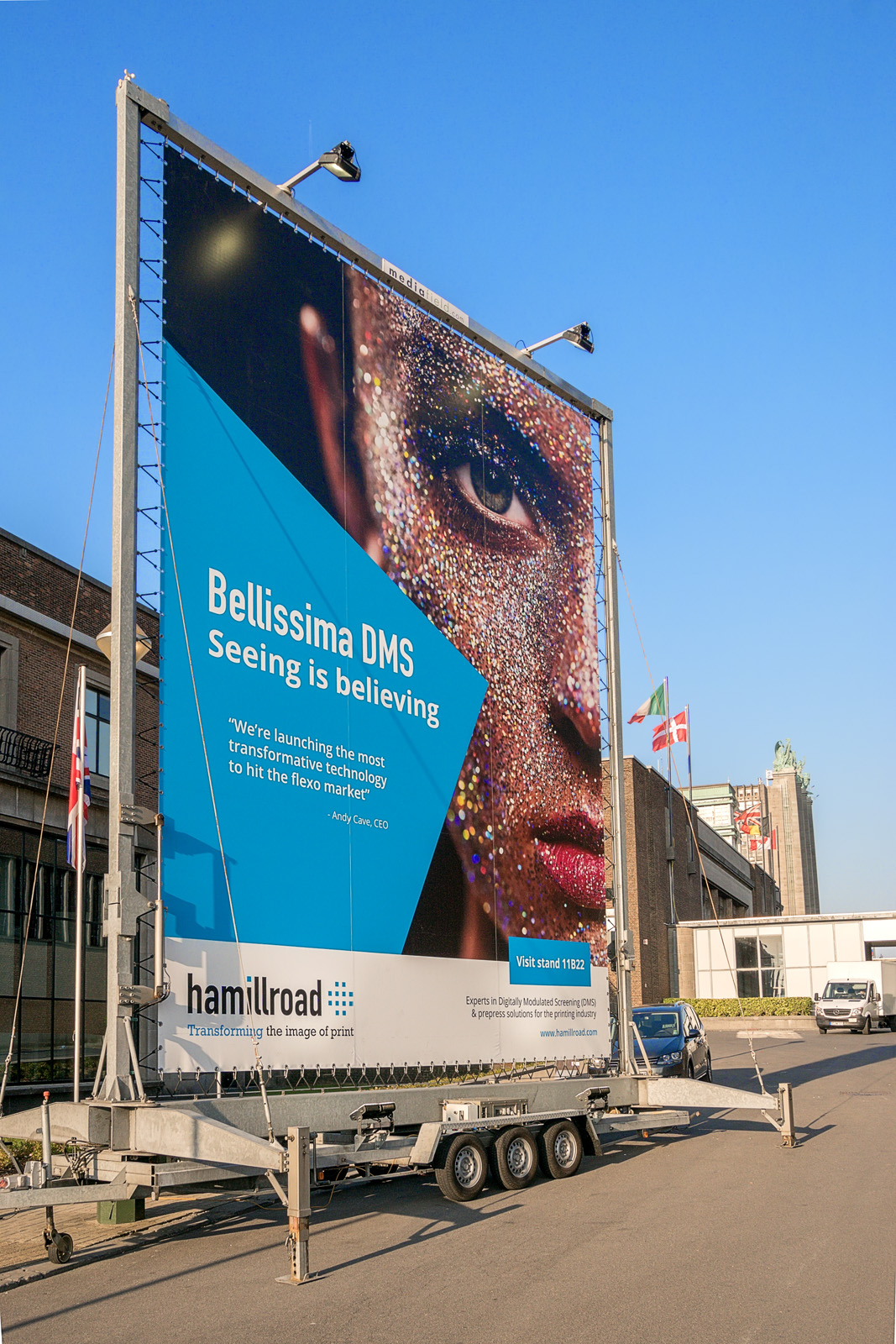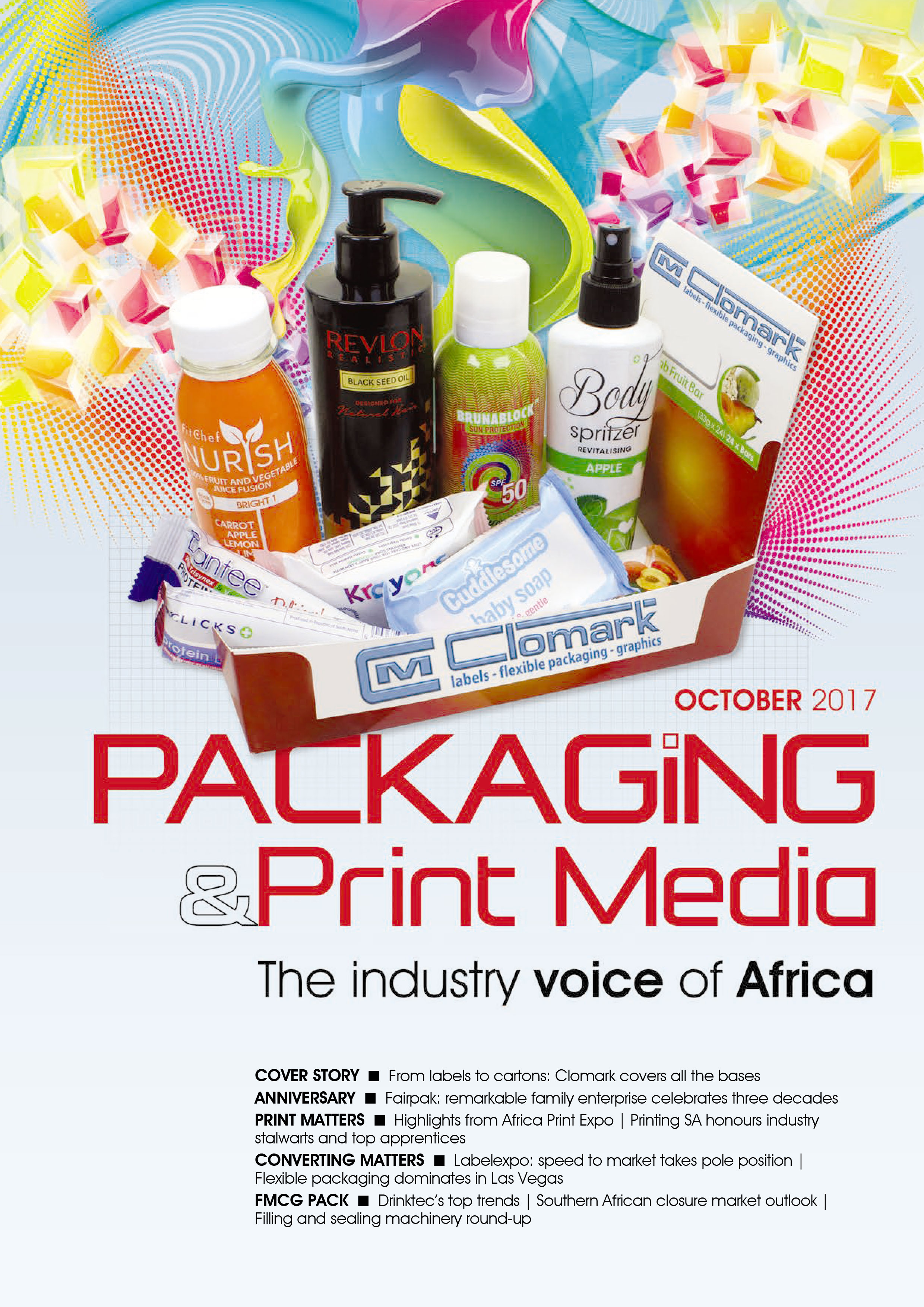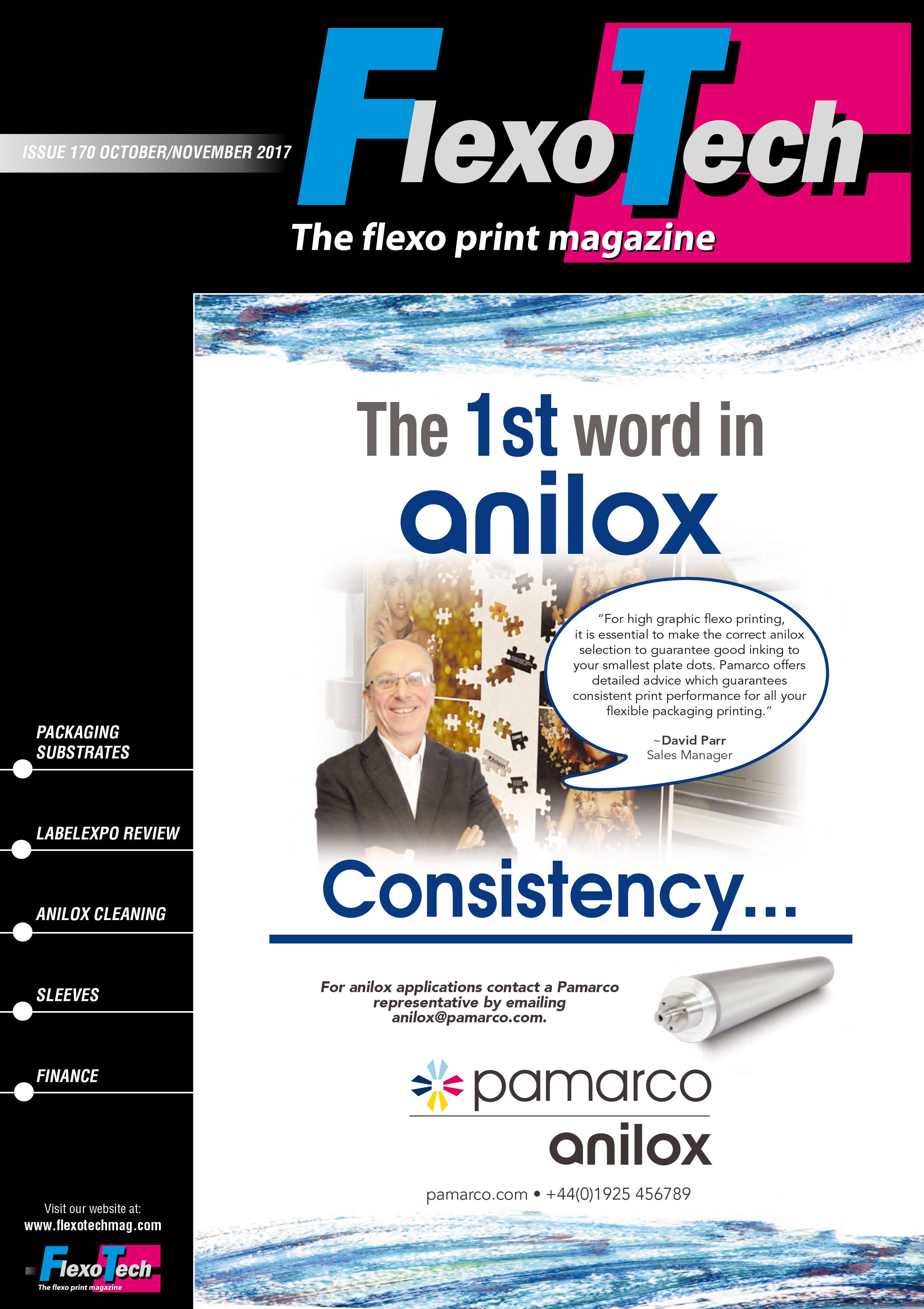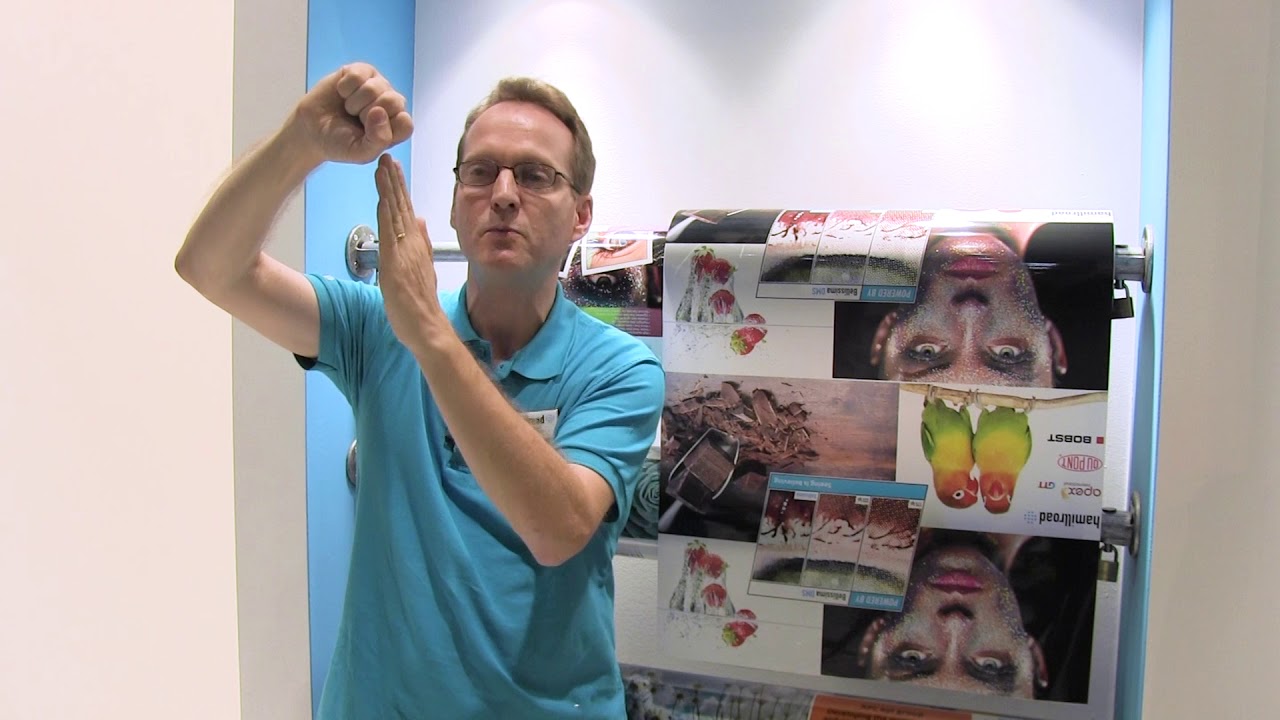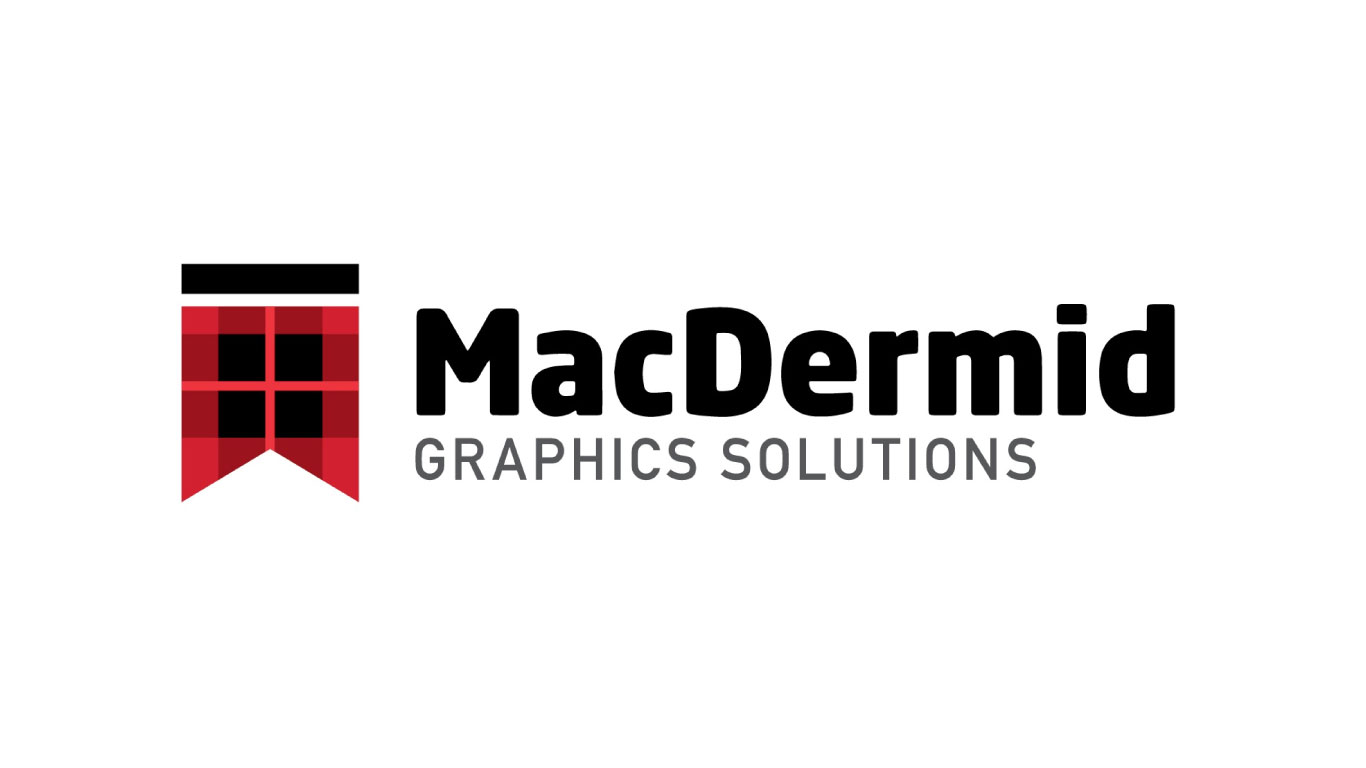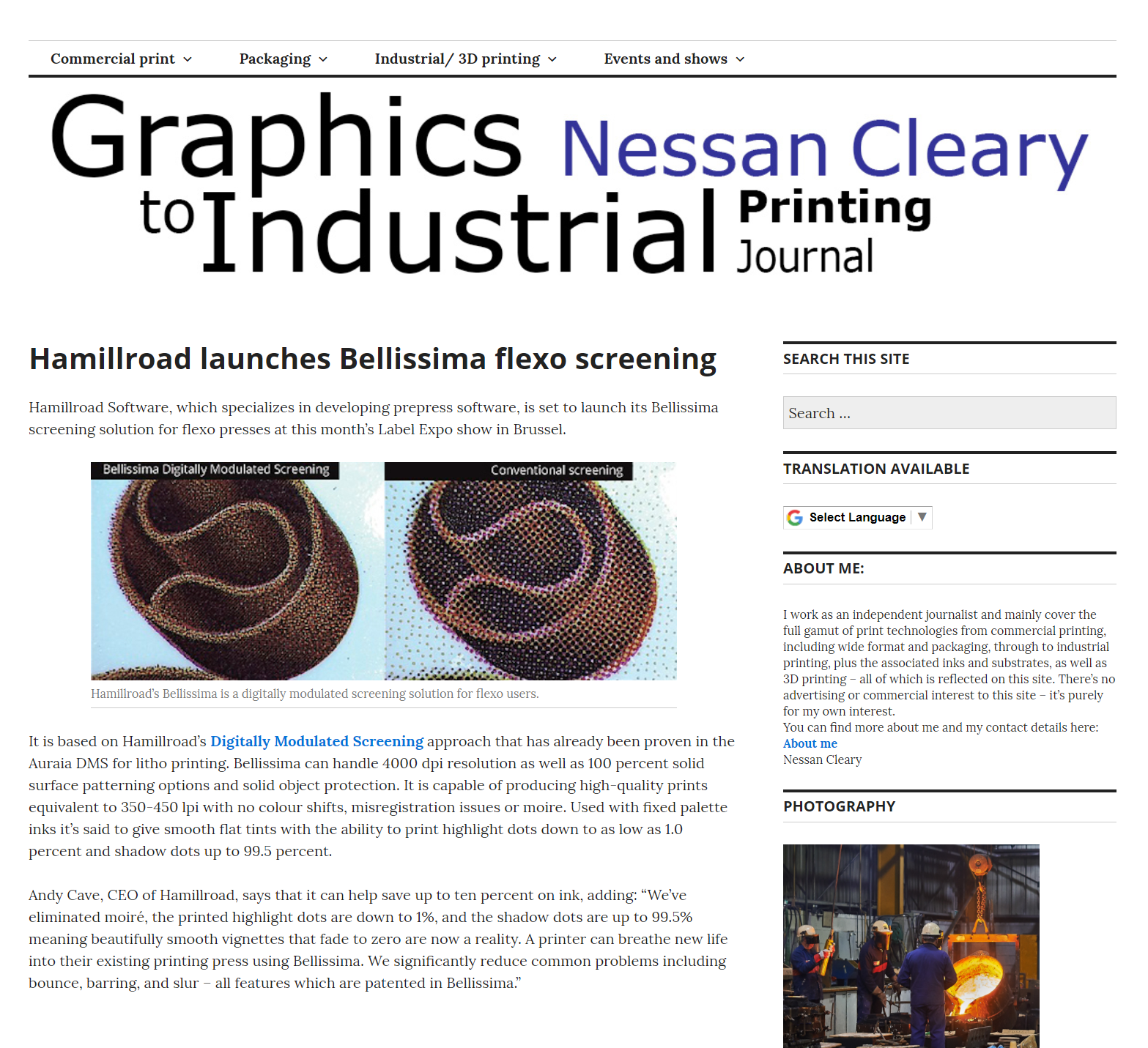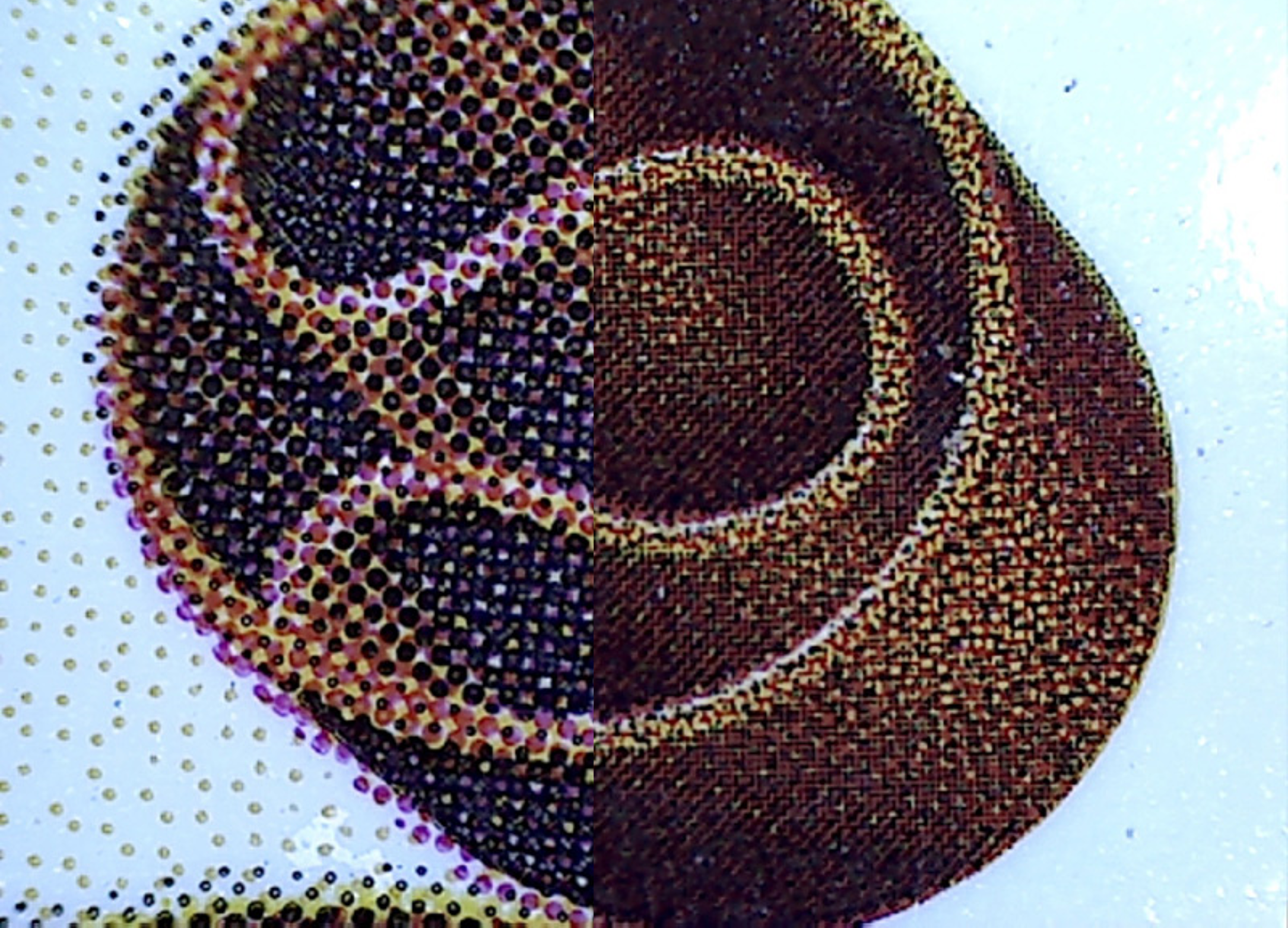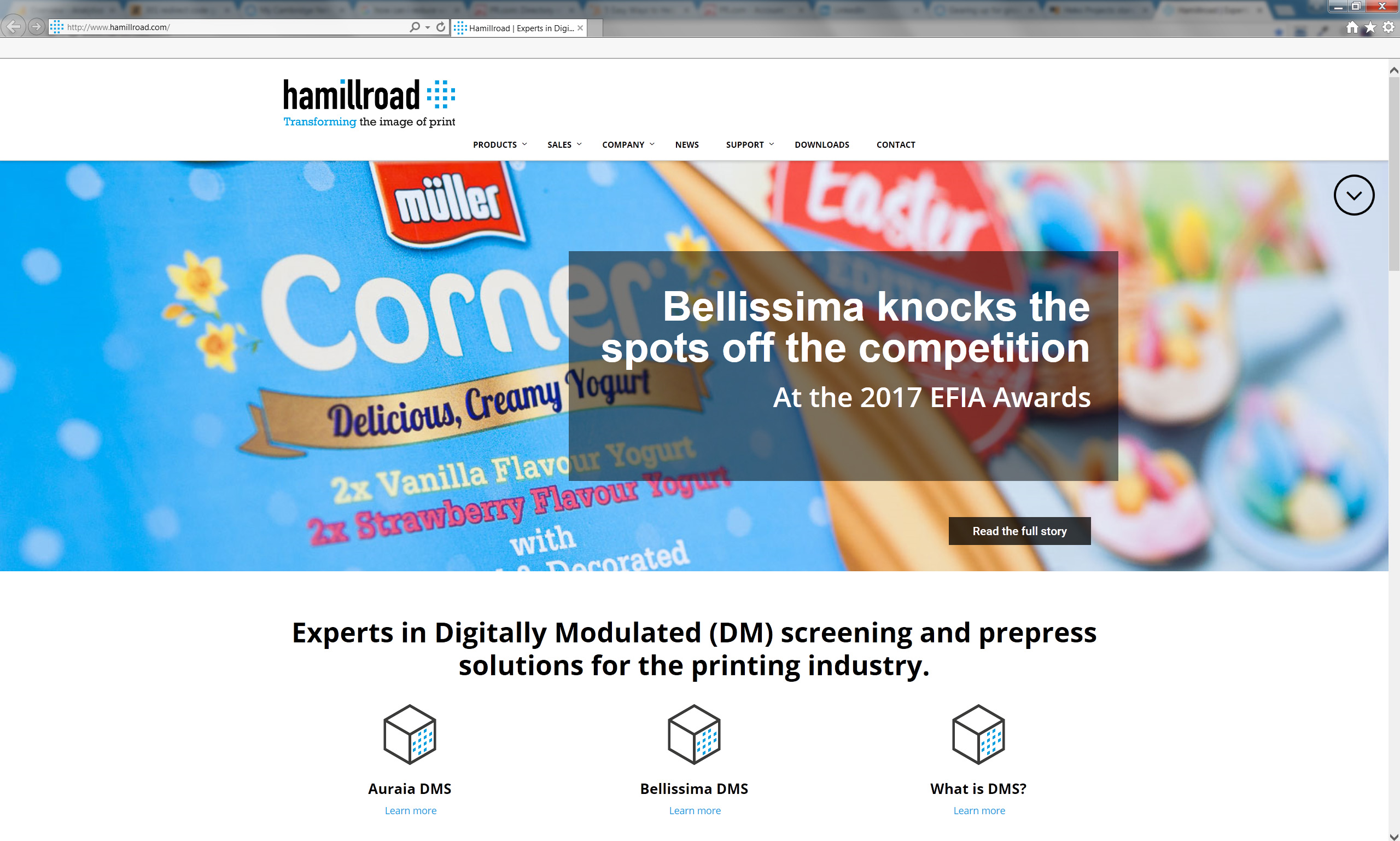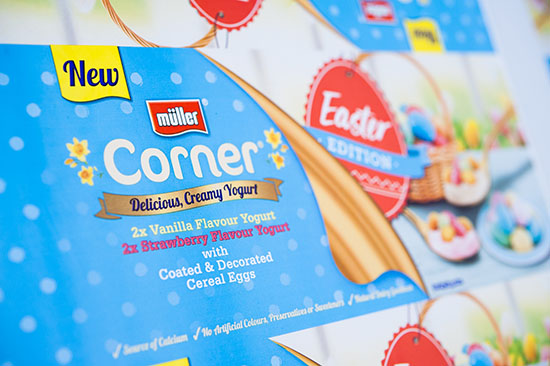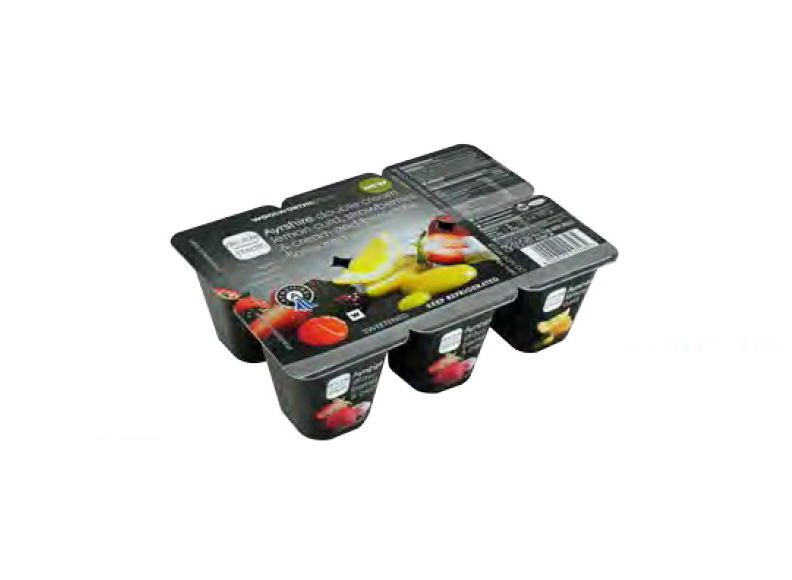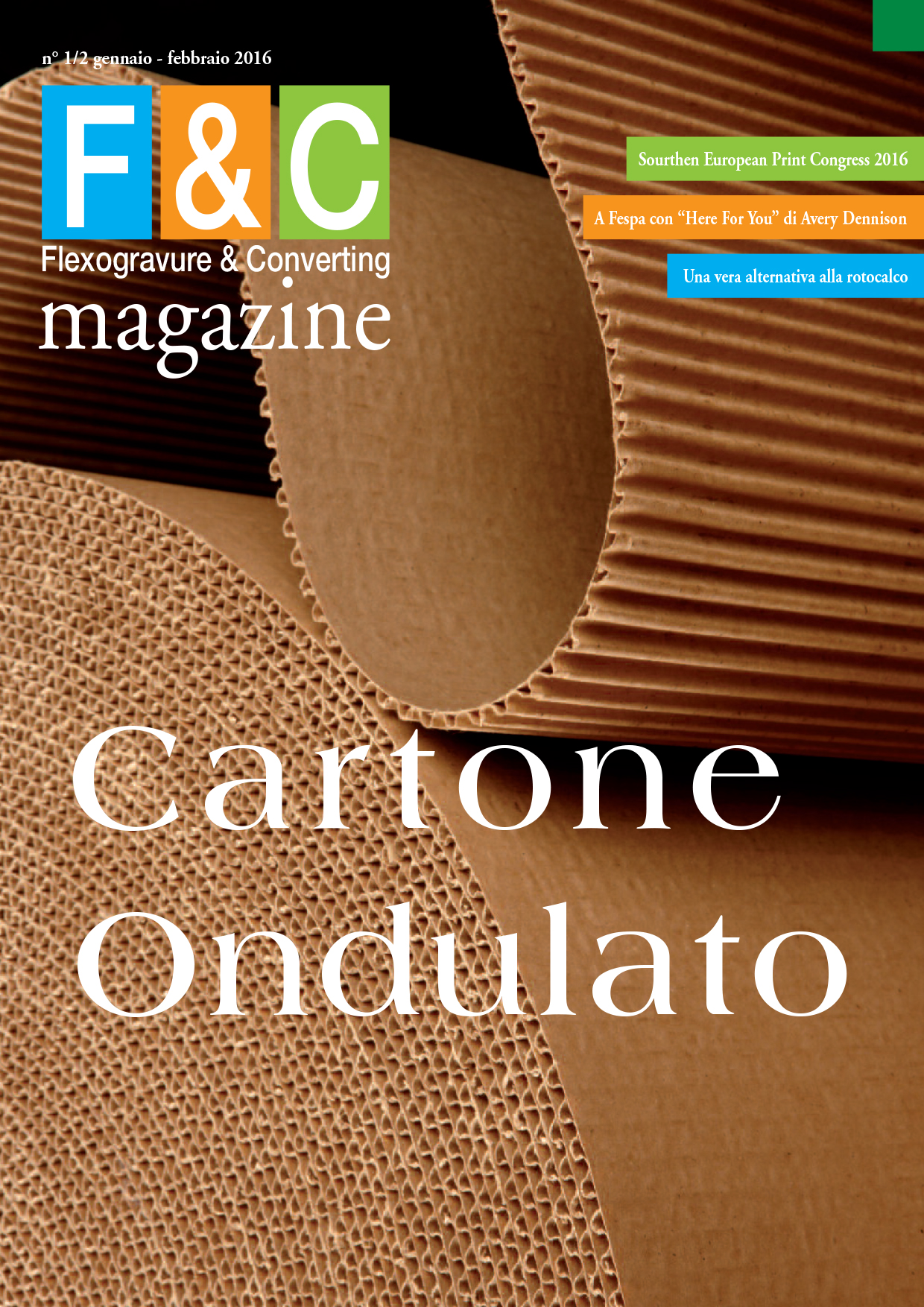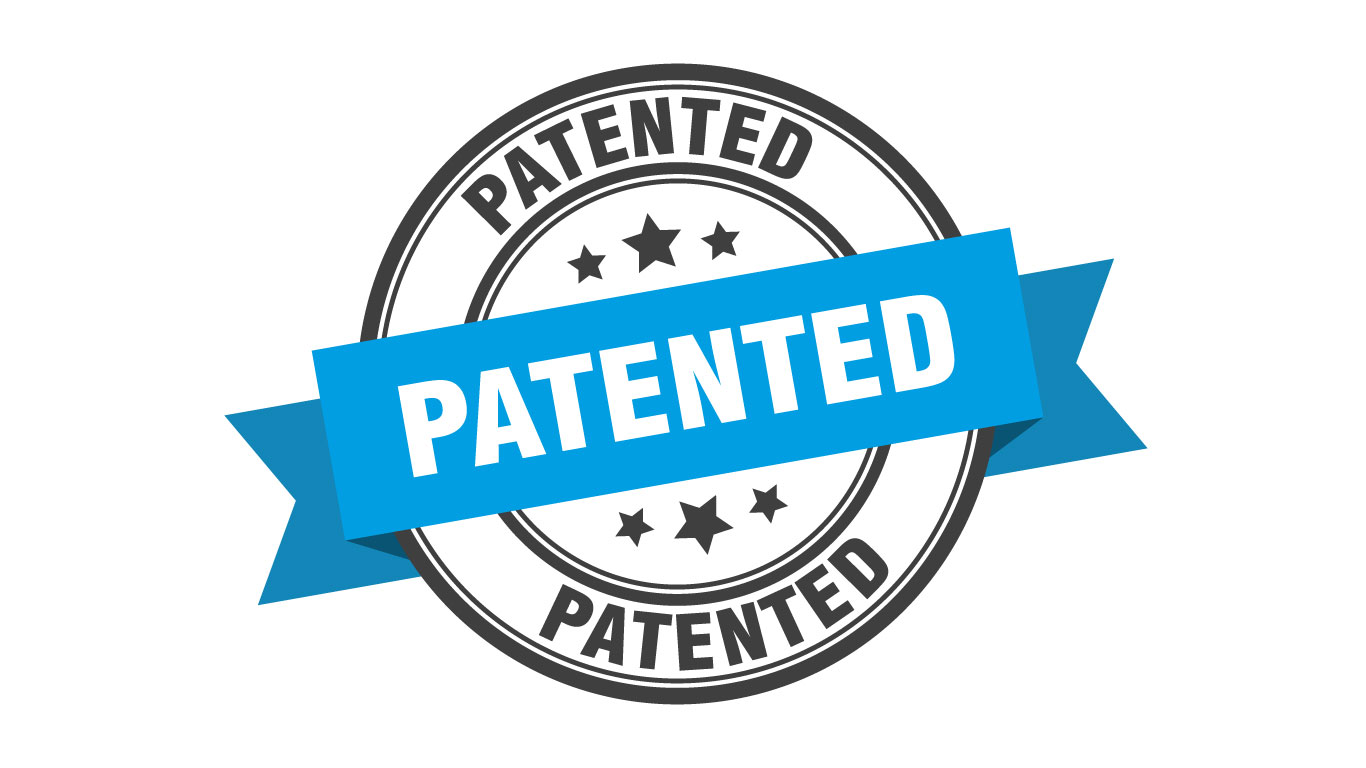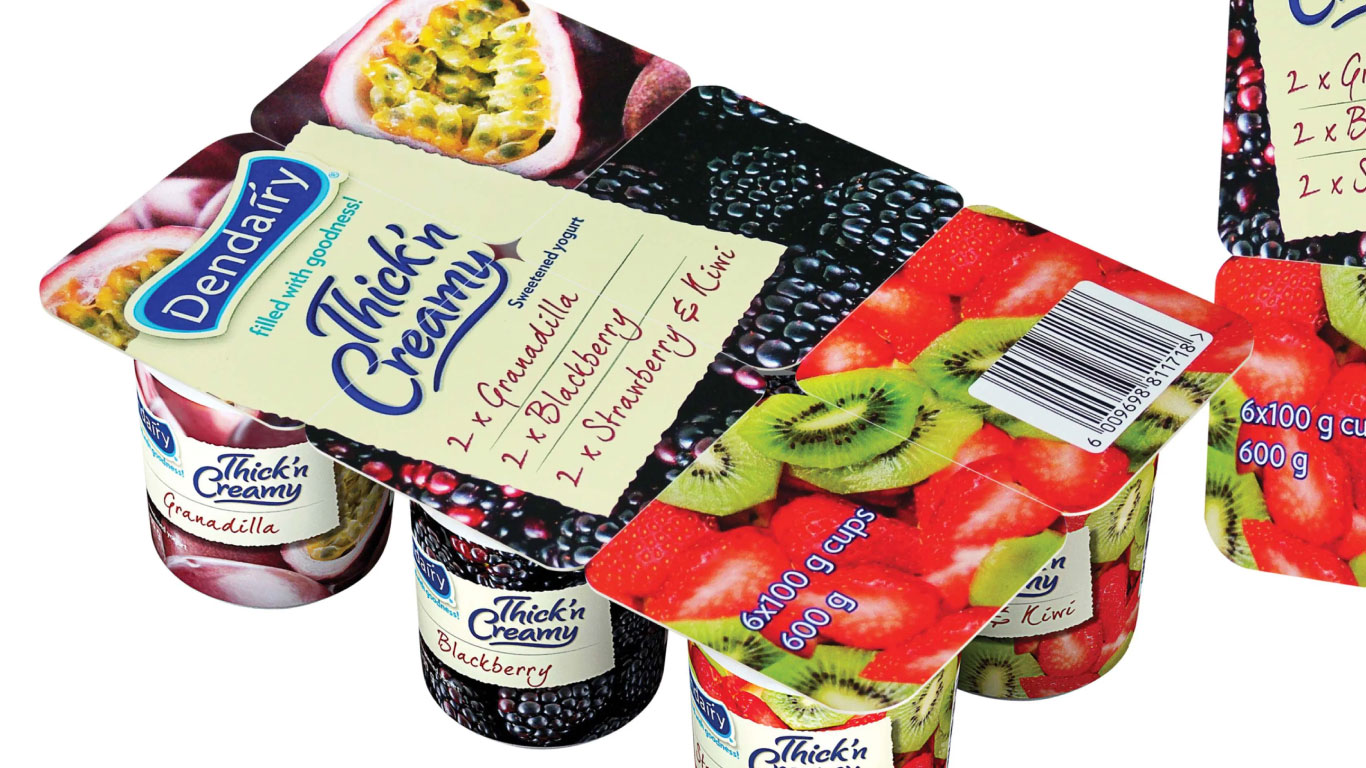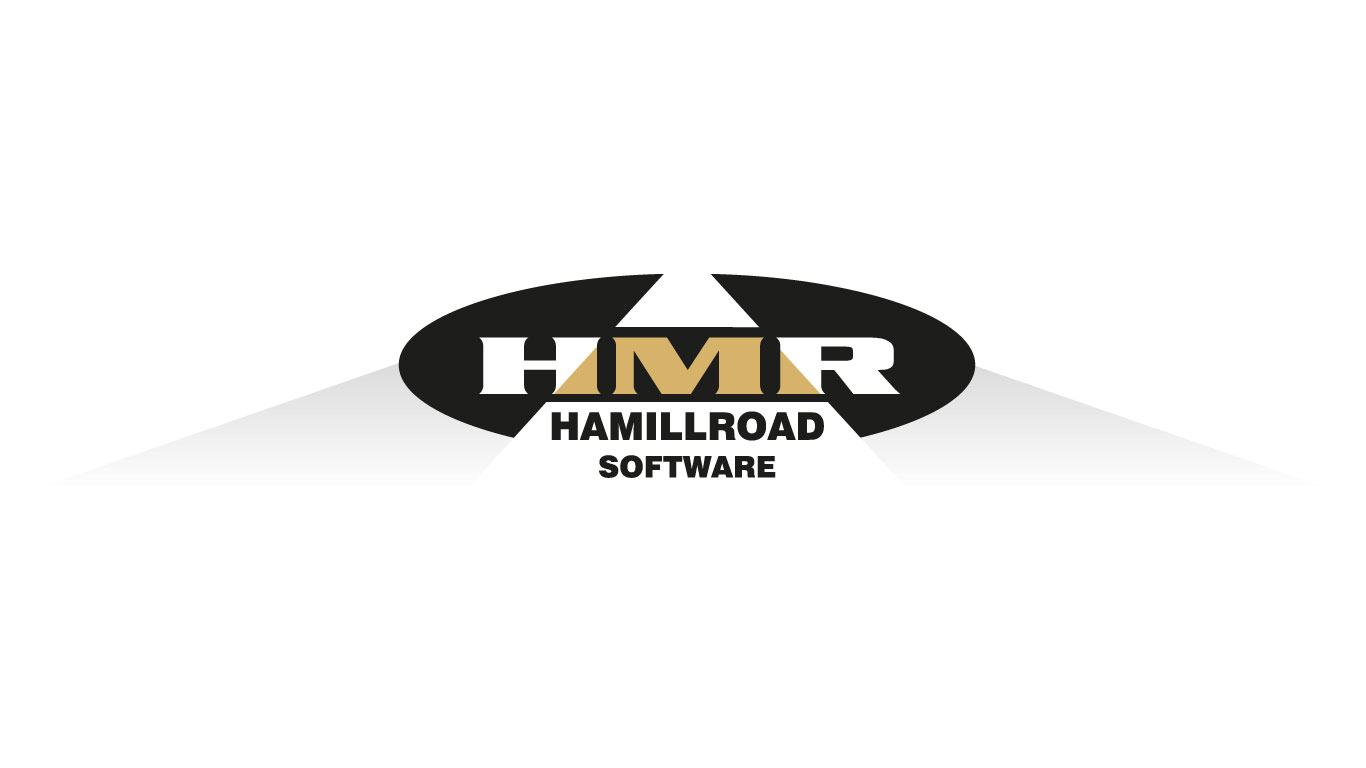Will DM technology usher in a new screening revolution?
Simon Nias
Wednesday, April 25, 2012
Whether, conventional, stochastic or hybrid, or to use their respective abbreviations AM, FM or XM, halftone screens have long been associated with improving print quality. From the mid-nineties to the mid-noughties there was a rush of screening advances that, together with the switch from analogue to digital pre-press, coincided with a rapid increase in print quality.

“It was only 20 years ago that 200dpi AM screening was considered as a fine screen and quite difficult to print,” explains Paul Sherfield of the Missing Horse Consultancy. “Now 200dpi AM screens are the de facto standard for offset litho printing on coated papers.”
Both AM and FM screens had their benefits, but equally they had their failings and neither managed to consistently solve all of the problems associated with halftone screen printing.
“Despite better AM screening we still had significant colour problems in areas of colour shifts, moiré or screen clashes that produced visible artefacts in the colour images,” says industry consultant Andy Tribute. “We also had increasing difficulty handling higher screen values to get better image quality.
“In FM screening we still had problems handling flat tints and vignettes, where images appeared grainy or lacked smooth transitions, and in the areas of highlights and solids where we lost detail as the rosettes began to disappear due to ink fill-in.”
Hybrid, or XM screening, was intended to solve the problems associated with AM and FM screens, by incorporating the best elements of both; however, the results were far from guaranteed.
“While this could produce excellent results, in operation it could have the problems of both AM and FM screening,” adds Tribute.
At Drupa next week, the industry will see the arrival of a fourth screening technology based on Hamillroad’s Auraia-II DM (digitally modulated) screening. “DM screening is so named because it digitally modulates each and every pixel that it produces, rather than repeating a fixed pattern of dots, as in AM screening, or randomly marking a pixel, as in FM screening,” explains Hamillroad chief executive Andy Cave. “The result is an unprecedented quality of screening, which is easy to plate and print using any CTP device.”
Auraia, a name derived from the Greek word for beautiful, works by analysing each pixel it produces in the context of the surrounding pixels to eliminate problems like dot gain and patterning. Cave has claimed that it can replicate the quality of a 400lpi AM screen using existing high-end violet and thermal CTP equipment. The first manufacturer to have licenced the technology is ECRM and printers will be able to view the results on its stand in Düsseldorf.
However, for all its benefits there remains a catch that could prevent the widespread adoption of DM screening by conventional printers: it is currently only available on systems using the Harlequin RIP and not with the Adobe PDF Print Engine-based RIPs that drive the majority of commercial offset print workflows.
Hybrid hurdle
Cave states that technology can easily be integrated into an APPE RIP, but that the real problem is that this would require cooperation from the likes of Agfa, Fuji, Heidelberg, Kodak and Screen, all of whom have their own versions of hybrid screening technology.
Some believe that this could prove to be an insurmountable hurdle for Cave and Auraia, particularly as current hybrid screening technologies are considered by many to be “good enough” if not 100% perfect 100% of the time.
However, Cave argues that the technology will provide a significant sales advantage to any manufacturer Hamillroad partners with. “We have a very carefully considered sales strategy here,” he says. “We’re not aiming to sell this to everyone, but to a select few companies so that they can differentiate what they offer and maximise their return on it.
“In terms of who we’re likely to integrate with, it depends on who jumps first. The benefits for the one who does should be significant, because nothing else on the market comes close – it’s superior to Staccato, Spekta, Sublima and we believe other FM screens – so it will help them sell their CTP, workflow and consumables contracts.”
Screening has undoubtedly come a long way since the early nineties although the speed of change has slowed over the past five to 10 years and in many ways its about time someone came up with a radical new technique rather than just another combination of AM and FM.
The industry will go a long way towards deciding whether Auraia is that technique at Drupa and it will certainly be interesting to see what sort of buzz there is around ECRM’s stand and whether that draws any sideways glances from Hamillroad’s other prospective pre-media partners. If it does, then print could be on the verge of another screening revolution.
ECRM DMS: KEY BENEFITS
- Near photographic quality of images. No visible rosette patterning and the images have the look of continuous tone photographs
- ECRM DMS quality is equivalent to 300-400lpi AM and hybrid screens. Printers who would not use 300–400lpi screening can now print them on standard kit without changing operating procedures
- Very clear small type reversals out of tints or solids particularly with a tinted colour text readable down to 1.5pt
- Very sharp images
- Very smooth vignettes that blend with white paper and flat tints without noise or graininess
- Highlight dots can be held right down to 0% and shadows dots held open right up to 100%
- No incidence of moiré or colour shifts
- Matching of Pantone spot colours handled much better within the overall CMYK gamut, where the colour would look like a special solid colour thus saving a printer having to run an extra special spot colour
Read online: https://www.printweek.com/Event/article/will-dm-technology-usher-in-a-new-screening-revolution


